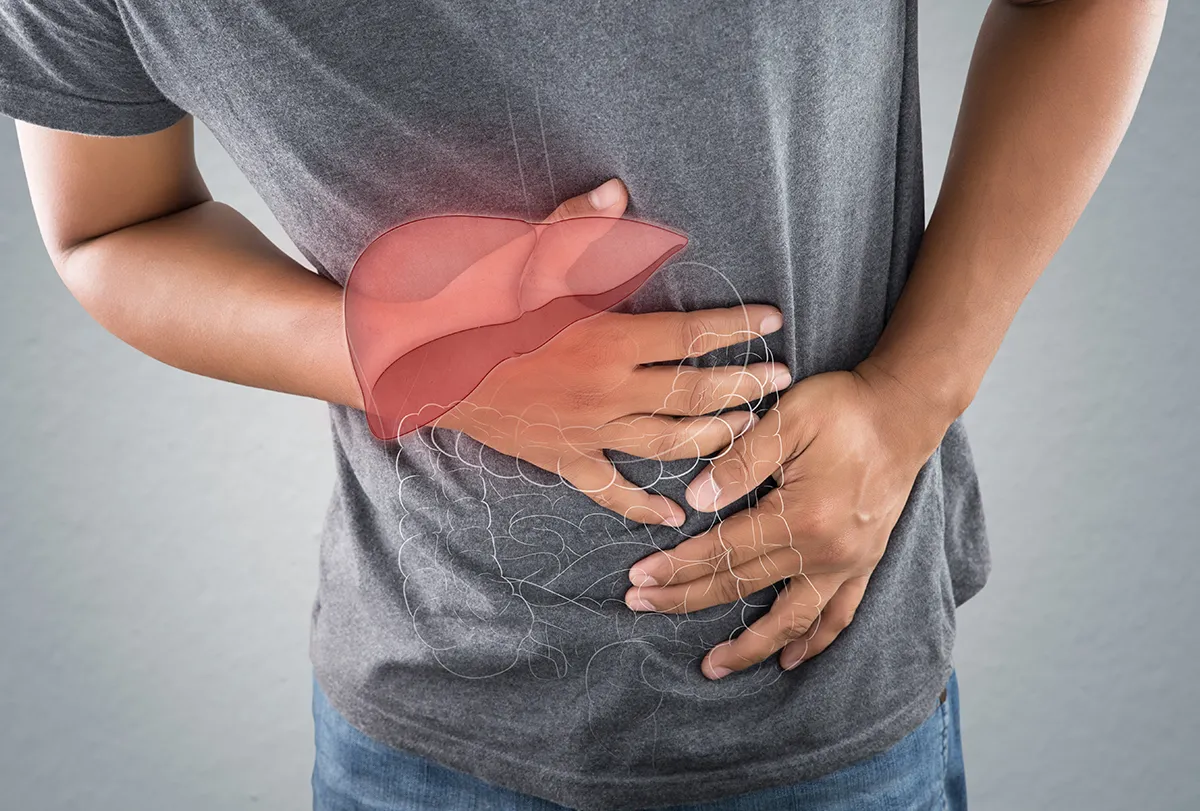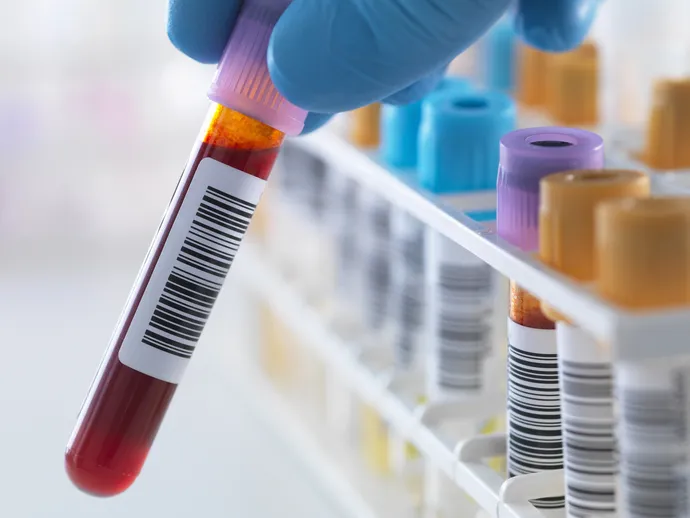Last updated on 16th Oct 2021 - By Dwayne Michaels
How Abnormal RBC affects heart?
Anemia occurs commonly in patients with chronic heart failure and has been proposed as a novel therapeutic target in this patient population.

Anemia is a blood condition in which the levels of hemoglobin are lower than normal.
The primary role of red blood cells is to transport oxygen to the tissues and carbon dioxide to the lungs. However, emerging evidence suggests an important role of the RBC beyond being just a passive carrier of the respiratory gases.
Your body may increase red blood cell production to compensate for any condition that results in low oxygen levels, including heart disease and heart failure. Doctors measure your red blood cell count to help diagnose medical conditions and learn more about your health.

A high red blood cell count means the number of red blood cells in your bloodstream is higher than normal.
Also Read : Symptoms of Abnormal rbc
Anemia, a condition frequently associated with chronic diseases, is an independent risk factor for cardiovascular complications and a 1 g/dL decrease in hemoglobin level is an independent risk factor for cardiac morbidity and mortality.
On the other hand, there are several forms of congenital hemolytic anemia with cardiovascular complications. High Red Blood Cell Count, also known as Polycythemia, can also form a blood clot, which can potentially lead to heart attacks and strokes.
Polycythemia is a disease state in which the volume percentage of red blood cells in the blood and/or hemoglobin concentration are elevated in peripheral blood.
Did you know? Not getting enough sleep is linked to Heart attack, Depression, High Blood Pressure, Obesity and Diabetes.

Several blood tests involve red blood cells. These include a RBC count (the number of red blood cells per volume of blood), calculation of the hematocrit (percentage of blood volume occupied by red blood cells), and the erythrocyte sedimentation rate. The blood type needs to be determined to prepare for a blood transfusion or an organ transplantation.
A typical human red blood cell has a disk diameter of approximately 6.2–8.2 µm and a thickness at the thickest point of 2–2.5 µm and a minimum thickness in the centre of 0.81 µm, being much smaller than most other human cells.
These cells have an average volume of about 90 fL with a surface area of about 136 μm2, and can swell up to a sphere shape containing 150 fL, without membrane distension.
Also Read : What can cause inaccurate blood test results?
Adult humans have roughly 2030 trillion red blood cells at any given time, constituting approximately 70% of all cells by number. Women have about 45 million red blood cells per microliter of blood and men about 56 million, people living at high altitudes with low oxygen tension will have more.
Red blood cells are thus much more common than the other blood particles: there are about 4,000–11,000 white blood cells and about 150,000–400,000 platelets per microliter.
Human red blood cells take on average 60 seconds to complete one cycle of circulation. The blood's red color is due to the spectral properties of the hemic iron ions in hemoglobin.
Each hemoglobin molecule carries four heme groups; hemoglobin constitutes about a third of the total cell volume. Hemoglobin is responsible for the transport of more than 98% of the oxygen in the body (the remaining oxygen is carried dissolved in the blood plasma).
The red blood cells of an average adult human male store collectively about 2.5 grams of iron, representing about 65% of the total iron contained in the body.
Many diseases involving red blood cells are diagnosed with a blood film, where a thin layer of blood is smeared on a microscope slide. This may reveal abnormalities of red blood cell shape and form.
When red blood cells sometimes occur as a stack, flat side next to flat side. This is known as rouleaux formation, and it occurs more often if the levels of certain serum proteins are elevated, as for instance during inflammation.
Altitude related This physiologic polycythemia is a normal adaptation to living at high altitudes. Many athletes train at high altitude to take advantage of this effect, which can be considered a legal form of blood doping.
Some individuals believe athletes with primary polycythemia may have a competitive advantage due to greater stamina. However, this has yet to be proven due to the multifaceted complications associated with this condition.
Hypoxic disease-associated for example in cyanotic heart disease where blood oxygen levels are reduced significantly, may also occur as a result of hypoxic lung disease such as COPD and as a result of chronic obstructive sleep apnea.
Iatrogenic – Secondary polycythemia can be induced directly by phlebotomy to withdraw some blood, concentrate the erythrocytes, and return them to the body.
Genetic – Heritable causes of secondary polycythemia also exist and are associated with abnormalities in hemoglobin oxygen release. This includes patients who have a special form of hemoglobin known as Hb Chesapeake, which has a greater inherent affinity for oxygen than normal adult hemoglobin.
This reduces oxygen delivery to the kidneys, causing increased erythropoietin production and a resultant polycythemia. Hemoglobin Kempsey also produces a similar clinical picture. These conditions are relatively uncommon.

Does drinking water before blood test affect results?
Certain blood tests require fasting beforehand. Fasting before certain blood tests is important to help make sure that your test results are accurate. Read on to learn more about the effects of water on blood test results.
Know more
What can cause inaccurate blood test results?
Several factors can affect blood test results. Read on to know the top reasons which can lead to inaccurate blood test results.
Read more
Painful health problems of famous celebrities
Read on to know chronic illnesses of top celebrities
Know more